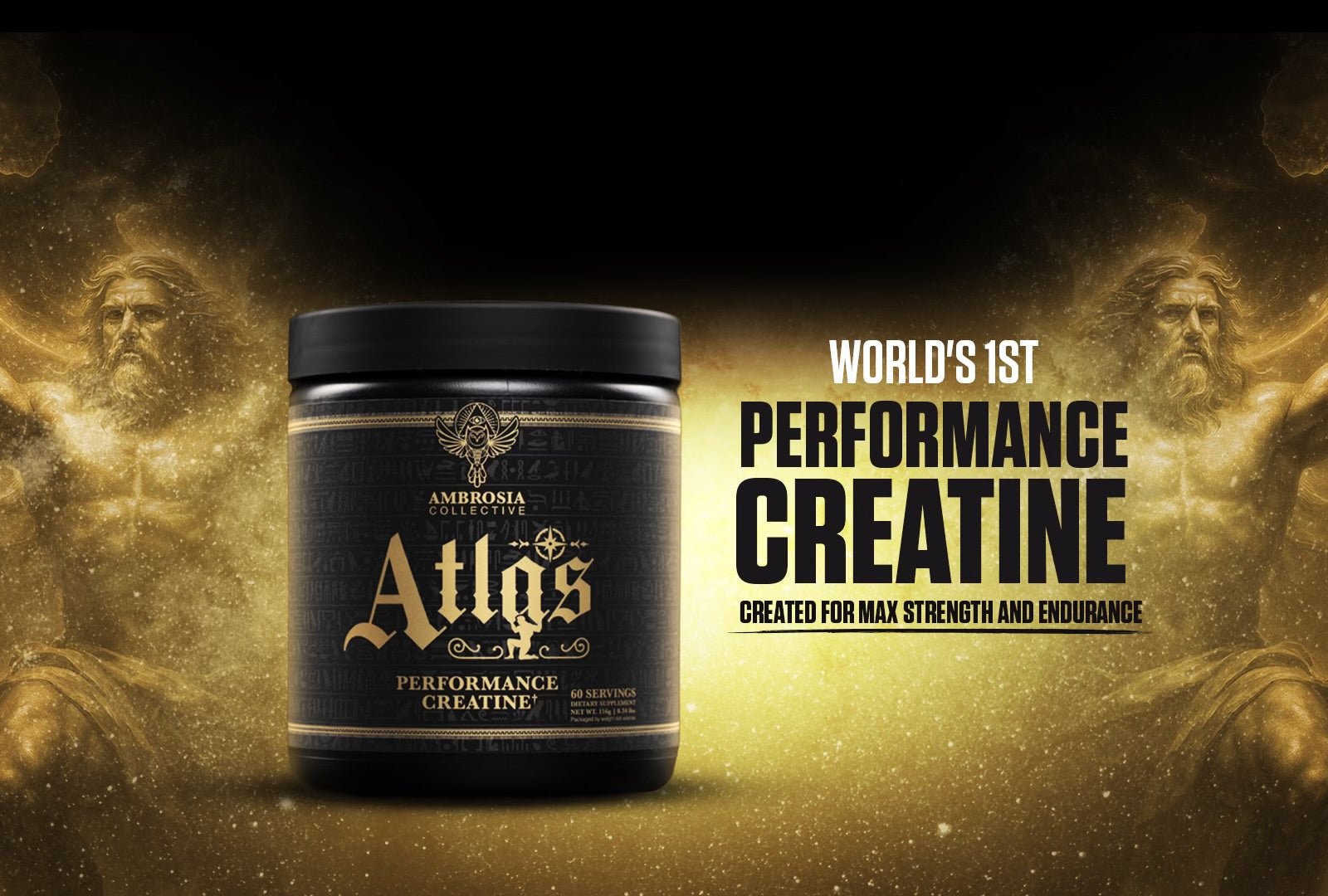The ancient Greeks were savage as fuck. You ever hear about this guy named Tithonus?
He was a prince of Troy and fell in love with the goddess of the dawn, Eos (ee-aws).
Eos asked her dad, Zeus, to make Tithonus immortal...which he did.
But Zeus pulled some cynical dad shit--something I would do--and purposefully did not give Tithonus eternal youth.
So Tithonus ends up withering away to basically nothing, unable to move at all, and begging for death for all eternity.
Brutal.
I bring all this up because lots of people don’t want to live beyond their 80’s or 90’s if they have poor health.
I get that. What’s the point of living longer if you’re laying in a hospital bed with machines breathing and filtering your blood for you?
So if you want to learn how to live long AND how to stay healthy, there’s no better way than to go ask someone who’s done it.
Which is exactly what this explorer with National Geographic, Dan Buettner, did.
In 2004, Buettner looked at census data from around the world. He found five places where there are extraordinarily high populations of centenarians--people who live past 100 years old and are still healthy.
These five areas are:
- Okinawa, Japan
- Sardinia, Italy
- Nicoya Peninsula, Costa Rica
- Ikaria, Greece
- Loma Linda, California
If you’re scratching your head about that last one, just wait. We’ll talk about each of them.
In the US, there are 1.73 centenarians for every 10,000 people. But in these five areas, there are about 6.5 centenarians for every 10,000 people.
Buettner spent 5 years traveling to each of these places, absorbing the culture, meeting the people, learning their lifestyles and habits, and…
Eating their food.
He called these areas Blue Zones.
Buettner says after visiting each of these areas, he discovered four “secrets” to living 10+ years longer than most people.
I’ll tell you what these four secrets are at the end. But see if you can figure out what they are just by reading what he learned in each of these places.
Okinawa, Japan
In Okinawa, Buettner says, they practice eating something from the land and the sea every single day. The people only eat whole foods, lots of vegetables, healthy fats, and seldom do they eat animal protein. In fact, in their culture, meat is reserved only for occasional, ceremonial events. They also plant medical gardens filled with things like mugwort, ginger, and turmeric. These types of healing plants are staples in an Okinawan garden.
Sardinia, Italy
The Sardinia region in Italy has the highest concentration of male centenarians. Sardinia locals say their longevity comes from drinking locally-produced wine and making love every Sunday. Make sense to me.
Buettner says it could also be the fact that they stay active by shepherding their own sheep and eating their sheeps’ milk and cheese (about 15 pounds of cheese per person per year). The local residents also eat plenty of fennel, chickpeas (garbanzo beans), tomatoes, almonds, milk thistle tea, and fava beans.
Nicoya Peninsula, Costa Rica
This peninsula in Costa Rica has the lowest rate of middle-age mortality in the world. People living here are 4-times more likely to reach the age of 90 than people in the US. What’s the secret? Buettner says the people here enjoy food that includes ingredients from the “three sisters” of the Meso-American diet: beans, corn, and squash. On top of that, the people on the Nicoya Peninsula also eat lots of papayas, bananas, yams, and peach palms.
Ikaria, Greece
The Mediterranean diet has long been lauded by longevity doctors because it is high in healthy fats, fruits and veggies, and low in dairy and meats. This is why Ikaria has some of the lowest rates in the world for middle-age mortality and dementia. Some of the ingredients that Ikarians eat daily are goat’s milk, legumes, honey, wild greens, feta cheese, lemon, and herbs.
Loma Linda, California
Perhaps one of the most surprising locations that Buettner visited, Loma Linda has the highest population of Seventh Day Adventists in the world. This religion requires people to eat a Biblical diet. This includes grains, nuts, veggies, and fruits. They only drink water, they don’t dance or watch TV.
But perhaps more importantly, they do not eat refined sugar. Some of their favorite foods are avocados, salmon, nuts, beans, oatmeal, whole wheat bread, and soy milk.
Also interesting to note is that Adventists who ate one serving of fish per day outlived vegan Adventists.
Top 4 Strategies to Live to 100+
So now that we’ve looked at each of these five Blue Zones, what are the common longevity strategies across them? Here’s what Buettner and his team of researchers discovered.
Accidental physical activity - Buettner and his team observed that people in these Blue Zones were not intentional about staying active. They didn’t have gyms or spend time working out. Instead, light physical activity was woven into their daily life. Shepherding, tending a garden, sitting on the floor to eat, living in vertical homes with stairs...these things forced them to stay active in simple, healthy ways that, over time, resulted in longer lives.
Setting up your kitchen for long life - There are small tricks that Buettner noticed in the kitchens of centenarians. The put fruits and veggies on the top shelf of their fridge. They owned smaller dinner plates (less than 10” diameter). They drank out of tall, skinny glasses. They used hand-operated kitchen appliances for opening cans and processing food. There was no TV in the kitchen. These small things reduced the amount of food they ate, strengthened their hands and arms, and encouraged healthy longevity-focused eating.
Build your purpose - The Okinawans call it ikigai while the Costa Ricans called it plan de vida. Buettner and his team conducted an NIH-funded study that looked at people 65 to 92. They found that these people live up to 9 years longer when they know their purpose and have a reason to get up in the morning. Finding the “why” to your life actually prevents disease and can give you more healthy years.
The right people - We talked about the benefits of having a community of people that you care about. This can be your church, workout friends, family...whatever it is, keep people around you who care about you. Volunteer or get involved with communities of people around your favorite hobby. If you can’t do that then at least get a dog or a cat. Having people around that show you love can add years to your life and even benefit your brain.
If you’ve read my other posts about the Mind/Body connection, what is bioavailability, and whether or not brain exercises actually work, you can probably see some crossover here in terms of what works and what doesn’t work for longevity and improved health.
That’s not an accident.
The strategies and techniques that are A) backed by science and B) observed in the real world--that’s the shit we’re doing here at Ambrosia Collective.
There are things that you can do today to benefit your mind, soul, and body.
If you want to take it to the next level and enhance the results that you get, then check out some of the products we sell. That’s what we’re all about here.
Live Like a Lion,
Mike Rashid King
What is Nektar®?
Nektar® lets you get some of the plant nutrients consumed by centenarians in Blue Zones, plus several others that are proven to be crucial to longevity and health. Learn more about Nektar®
Normal Turmeric vs Super Turmeric
Curcuminoids lower inflammation, boost antioxidant activity, and can even help your brain make new neural connections. But...curcuminoids don't really break down in water. This means your body can't get access to them. So if you take regular turmeric, you're probably not getting as much of the curcuminoids you need. Golden® Super Turmeric uses HydroCurc™ nanoparticles to dramatically increase the bioavailability of curcuminoids. Learn more.














